The leader man must grab the trace. Will the fish come in easy or go ballistic? You can never tell. Lord of the lures Peter Pakula details the dos and don’ts of tracing.
The angler and skipper have done their job by getting the leader within reach of the crew. Now for the exciting part: grabbing the trace. The first few wraps are taken with care to feel the weight of the fish and its resistance. Then the trace man applies the pressure. There are many other things that can happen on the trace — hooks pull, leaders break, crimps fail or sometimes fish can even dive under or into the boat!
As important as any other job on a fishing team the leader man, or trace man as he (or she) is sometimes called, needs to understand the job — part of which is, of course, practising the movements until they are second nature. You may not have time to think when all hell is breaking loose at the other end of the leader.
The main tools for taking the trace are gloves. When practising, try various types of glove, as well as combinations such as cotton over leather, or silicon over leather. Try the gloves on both thin and thick leaders to see how well they grip — and if the nylon leader slips under a lot of load. Try the gloves both wet and dry, as their ability to grip may change. As important as knowing how to take wraps is, knowing how to drop, or dump them is more important.
A BRIEF GUIDE TO THE MOTIONS IN TAKING WRAPS FOLLOWS:
FIRSTLY, assume the position — brace yourself against the gunwale, squat down slightly with knees bent as if whatever is on the other end is going to try and rip you over the side of the boat.
Motion 1
Stretch your arm out to take the wraps, but not fully extended, as the elbow should be slightly bent. Your hand should be flat with thumb up, as if you are about to shake hands with the fish. It’s important to remember “thumbs up” as it doesn’t usually feel natural and must be practised.
Motion 2
The leader is passed in front of the thumb, never behind it. The wraps should lie in the palm of the hand. To grab the wraps, use a circular motion similar to wiping a window.
Motion 3
Try taking another wrap over the first as a double wrap will reduce line slippage significantly and distribute the pressure over a greater area.
Motion 4
To grip the wraps securely just close the fist and check that the wraps lie across the back of the hand. When you grip the wraps, pull the leader towards you along the centreline of the body, towards your diaphragm, as this will help keep your balance. See how much pressure you can put on the wrap. In fact, try to break the leader.
Motion 5
It is more important to know how to dump wraps than to take them. Simply opening the hand while pointing in the direction of the pull should free the wraps.
Motion 6
As you straighten your hand to dump the wraps, pull it back and out of the loops. Try and get used to dumping them to your side, away from where you are likely to move. You do not want to stand on or in the loops if you have to let the leader go.
Motion 7
Once the wraps have been released, move your hands in an exaggerated manner; perhaps raising them above your head so that the rest of the crew know you no longer have the leader.

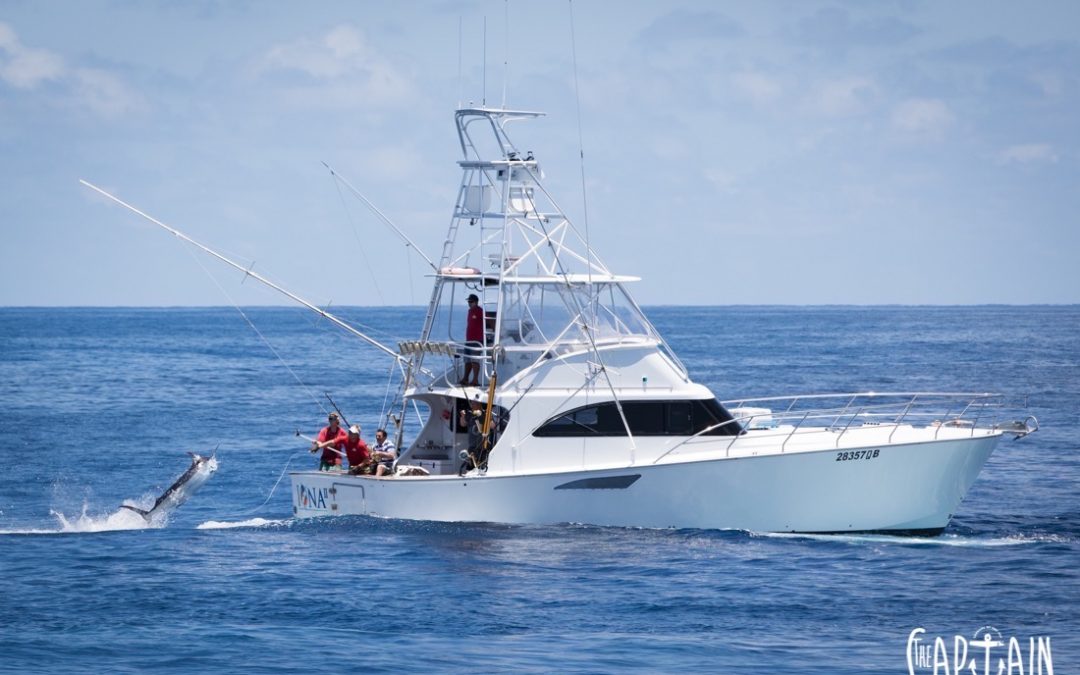

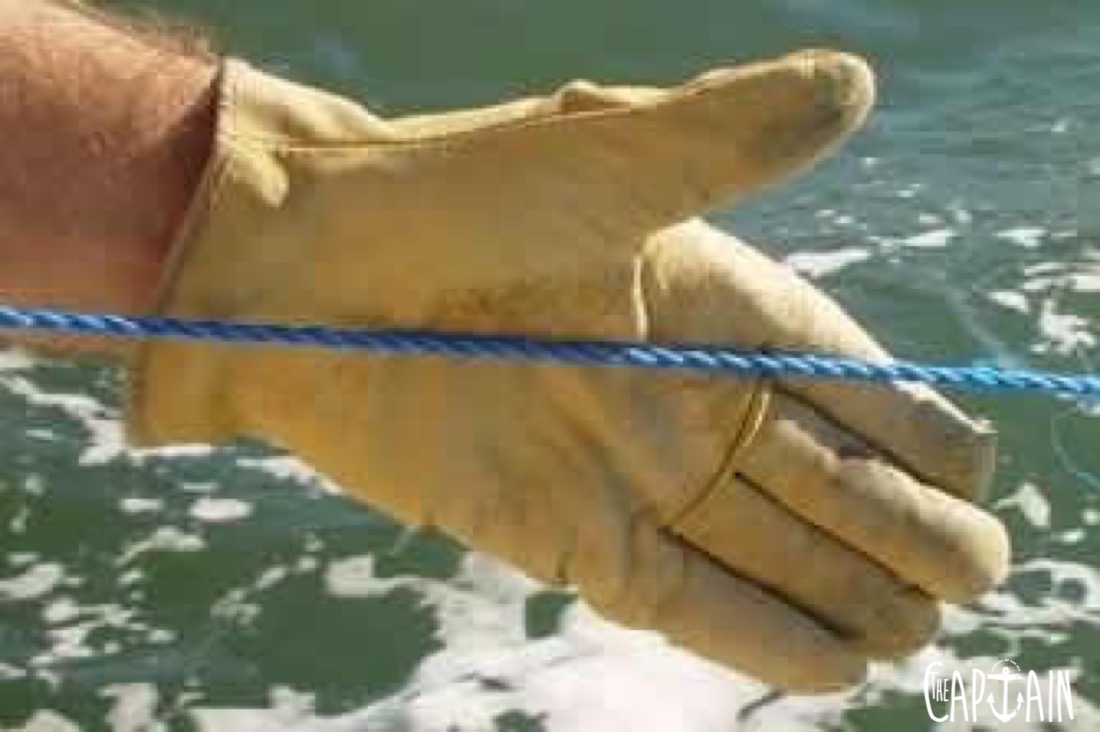
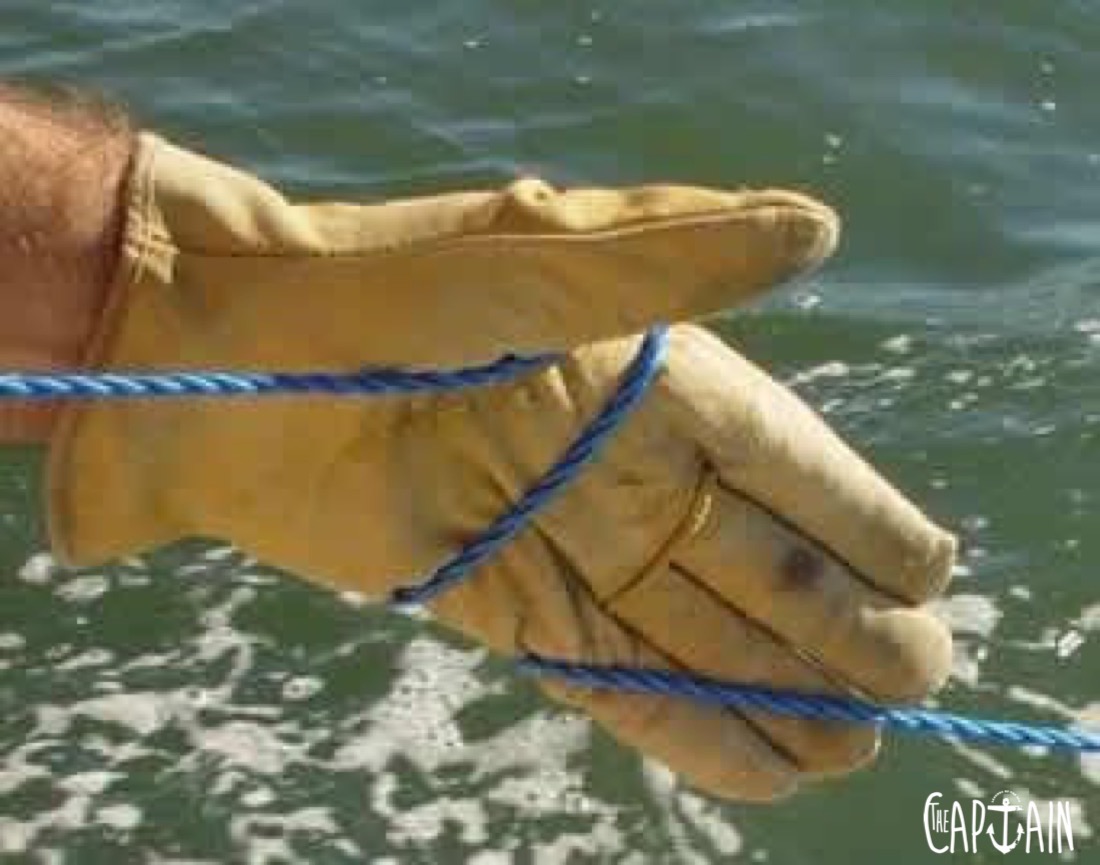
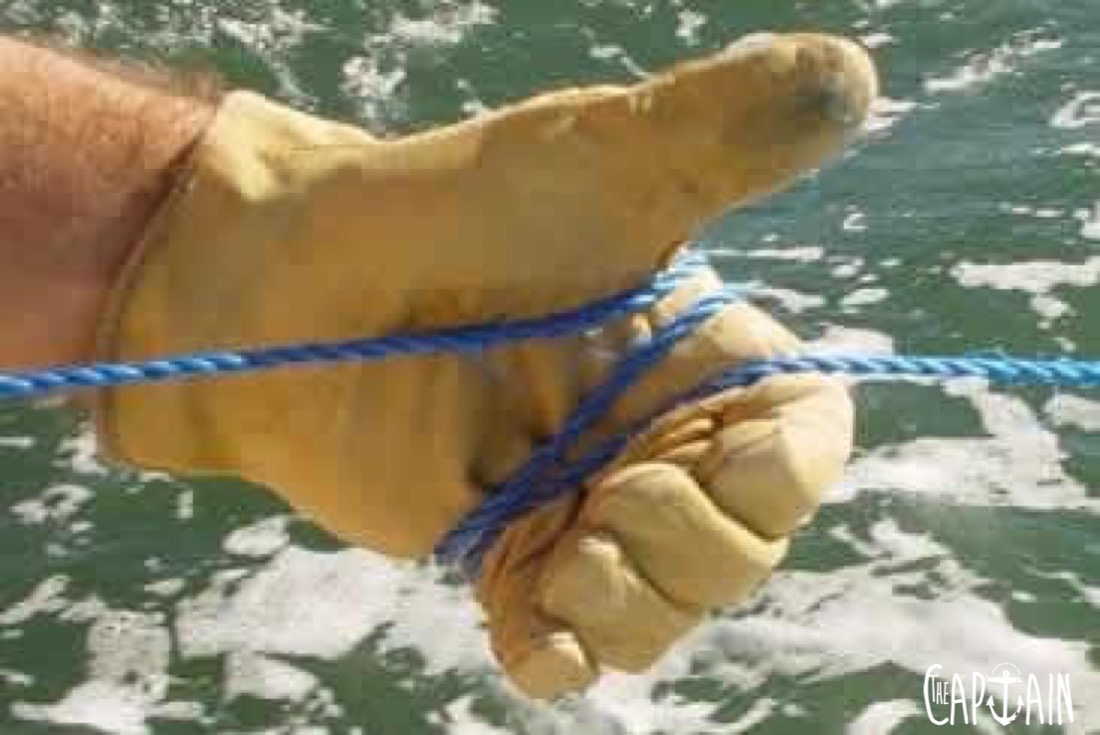
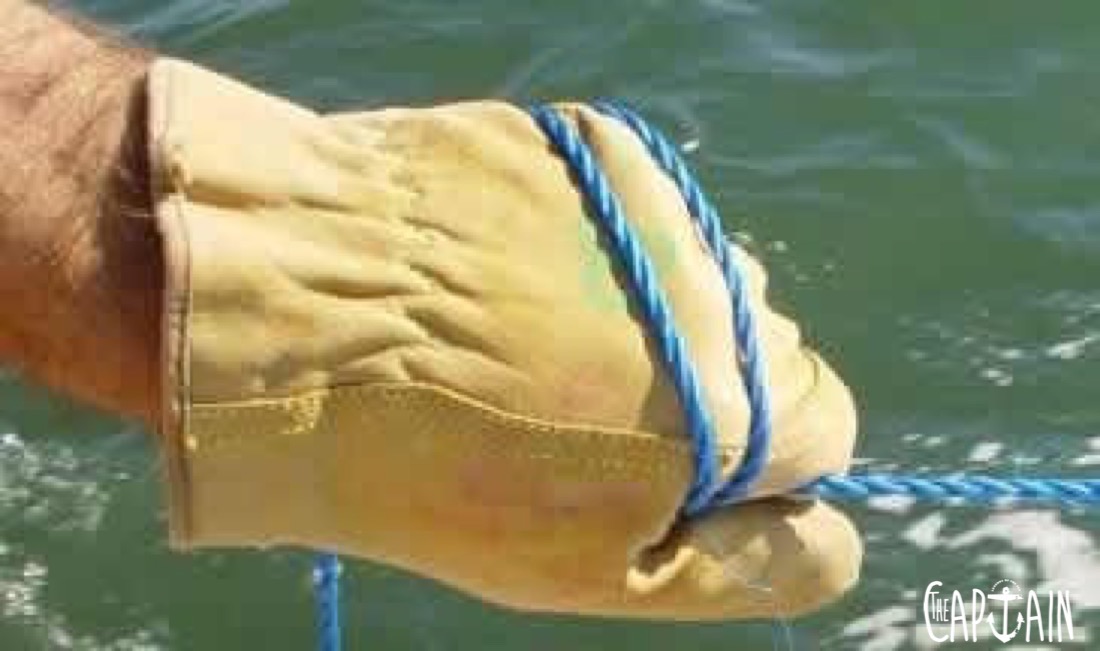
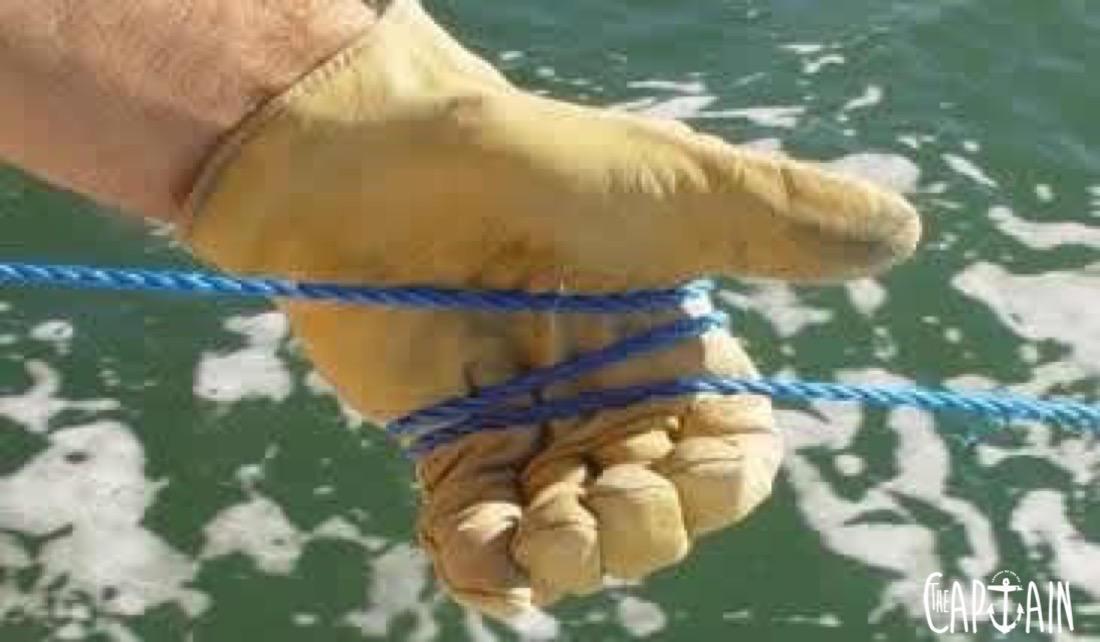
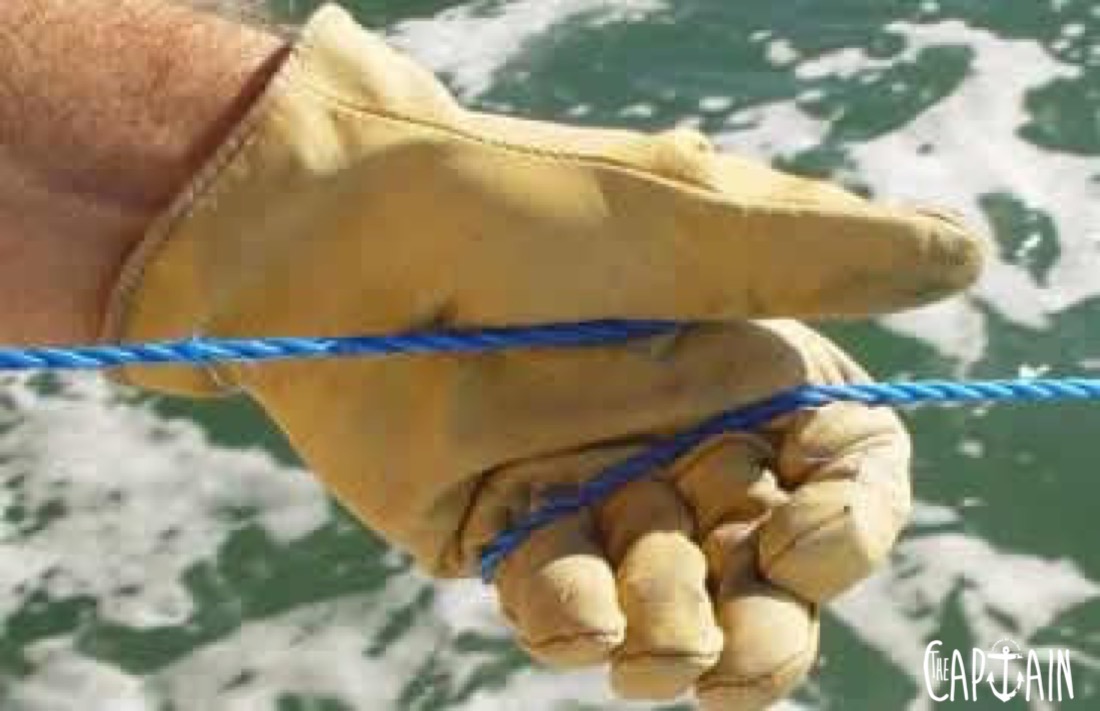
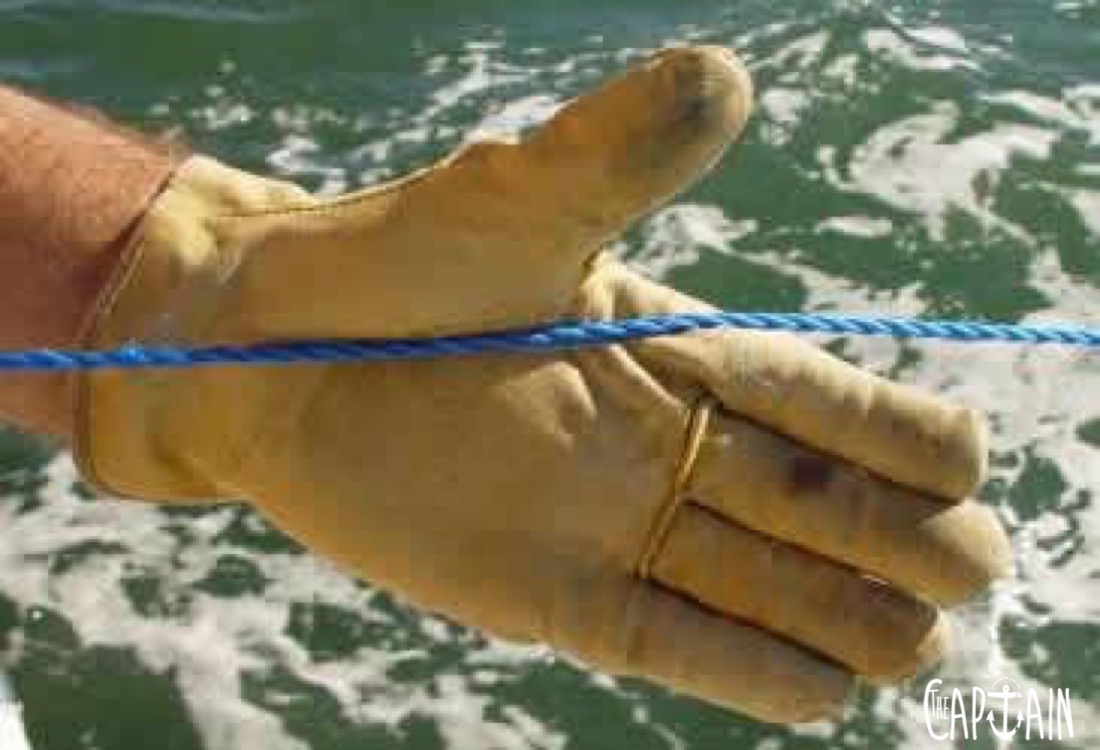
Recent Comments